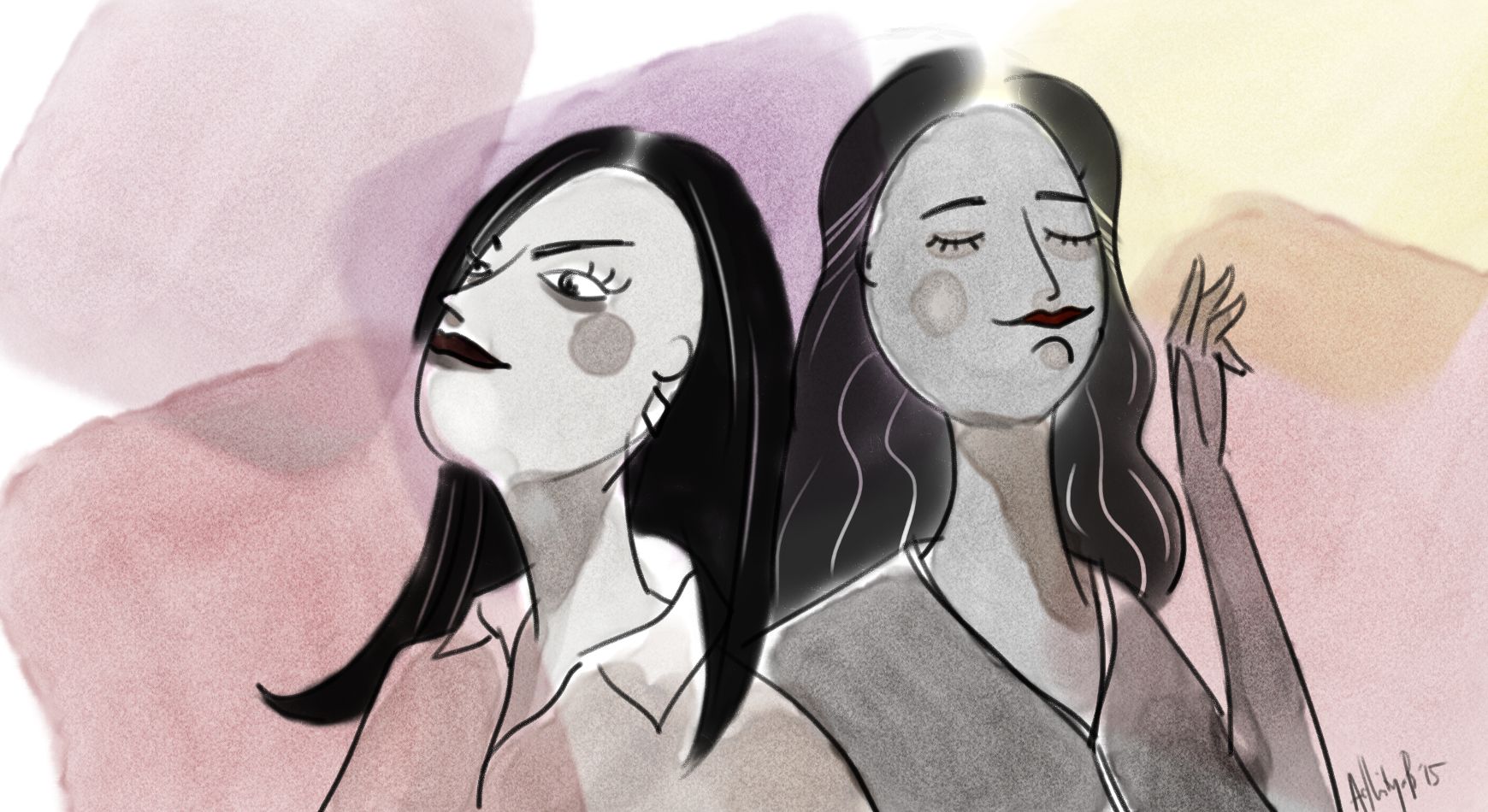You’ve all seen that movie. Boy meets Girl. Something about her is...different. She’s barefoot in the garden reading Russian literature in overalls and intentional bed hair, sipping a cigarette with one hand and red wine with the other. She’s pretty, in an ugly for Hollywood, but gorgeous in reality kind of way. Boy’s a shy, intellectual type. Ghostly handsome, a brooding sad boy.
Girl then spends 120 minutes teaching Boy how to free himself from his worried mind, a sort of spiritual guidance that he seldom has to reciprocate.
“You’re not like other girls,” Boy says to Girl.
You’ve also seen this movie. Girl walks the halls of high school in a sea of Other Girls, with her books clutched to her chest. Her eyes dart around nervously and she sees Boy coming. Boy’s a jock. Tall with a dirty blonde side fringe and football buddies flocked around him like a herd of well-groomed llamas. Girl is nerdy and introverted, and only a little bit cute. Those glasses though? Ew, she’s definitely not cool.
Girl inevitably goes on a journey of self-improvement. A makeover montage and identity crisis later, Girl is still her quirky self, but confident and looking hot AF.
“You’re not like other girls,” Boy says to Girl.
Girl is both girls – just different stories. The only difference is Boy. Through the eyes of Boy #1 she’s soft spoken, not loud and boisterous like those Other Girls. For Boy #2 her interest in books and deservedness equates to weirdness. She now looks like the Other Girls; she’s just mildly interesting as well.
The common denominator for both girls? She’s not like Other Girl. But who is Other Girl? Other Girl is the picture of femininity, in the way of our other favorite duality: either Madonna or Magdalene, the Mother figure or the Whore. Other Girl rambles about the Kardashians and mimics their plumped lips and flawless eyeliner. Other Girl has hair that Rapunzel would envy. Other Girl is a woman of biblical stories, a girl of fairytales and Instagram.
The Girl in our stories isn’t just the right person for Boys #1 and 2, someone that has similar values and interests. Girl is part of a group that Boy thinks are all the same. Boy doesn’t see Girl as an independent person, but as both the best of a gender dissimilar to his own, and a reflection of himself.
The way we tell our stories places women in one of two camps. The girl who fits in, or the girl who doesn’t. The girl who squeezes into the molds society has laid out for her, and the girl who defies them. It can be confusing trying to figure out exactly which one is better. In both of these circumstances, the validity of the girl is decided by the boy. She either has to change herself to be respected, or she’s put on a pedestal and responsible for raising a lacking man. Either way, our worth is placed within the context of the boys’ worth. We’re only as good as our male counterpart, even if we’re blatantly better than him.
Women are constantly confined to these double standards and with both answers being right they are inherently both wrong. Because the idea of femininity has and continues to be centered around the one form that is decidedly contradictory.
There seems to continue to be this belief that if you don’t fit into the requirements of stock standard, feminine girl that you are somehow different, but we see women behaving like this everywhere. All these women, potentially now the majority, are behaving “not like other girls.” Then who are these other girls? Clearly there are still some women who like to dress up and go shopping (and they talk about philosophy while shopping for all you know), but in my experience they don’t exist at any greater rate than women who like to go bike riding or running.
While women have managed to somewhat overcome the restrictions that have been put on their agency in the past, the expectation seems to be still alive and thriving. This mythical woman who encompasses the idea of femininity still lurks in our peripheries, to be used as a measuring stick with which we are compared.
The media continues to push the narrative of “us and them” upon women, and, unfortunately, life does imitate art in many ways. While I and many women I know have pushed against these expectations, it’s still easy to fall into the trap of thinking that the majority of women, women you’ve never met, must be on the other side of the fence. How could there not be when we see them every day via our movies, televisions and mobile phones?
Yes, Instagram is full of the ideal woman. A woman who is picture perfect. But that’s just it, the picture is the perfect woman, however we’re beginning to acknowledge how unreliable these standards are for representing the real world. These women are the commodified ideal. Society rewards the construction of the skinny, tanned (or fair skinned, depending on where you are in the world) and beautiful woman, because we’ve been trained to believe that this is what we should be aiming for. This woman is now the God-like creature that women are both consciously and subconsciously aiming to be, while also trying to set themselves apart from the crowd to be noticed by Mr Right, who ultimately drives our fascination with beauty and perfection.
This contradictory set of expectations makes love a losing game for women. Men either want the constructed-for-his-pleasure Instagram woman, (and don’t get me wrong, these Instagram women are just taking advantage of the system that actively subdues women into these boxes – more power to them!) or the “manic pixie dream girl” that is quirky and cutely different, and can lead his shy, unconfident self to finding his voice. Or that’s what the movies tell us at least.
These narratives inform both young women and young men of the way that relationships play out, and what they should expect from the opposite gender (and I would assume this phenomenon exists mainly in heterosexual relationships). Impressionable boys may use these lenses in their search for a girl, and girls may feel they have to fulfill these roles.
So maybe the next time you hear someone use the phrase “not like other girls,” ask them: “who are these other girls, and what’s so bad about them?”







Comments